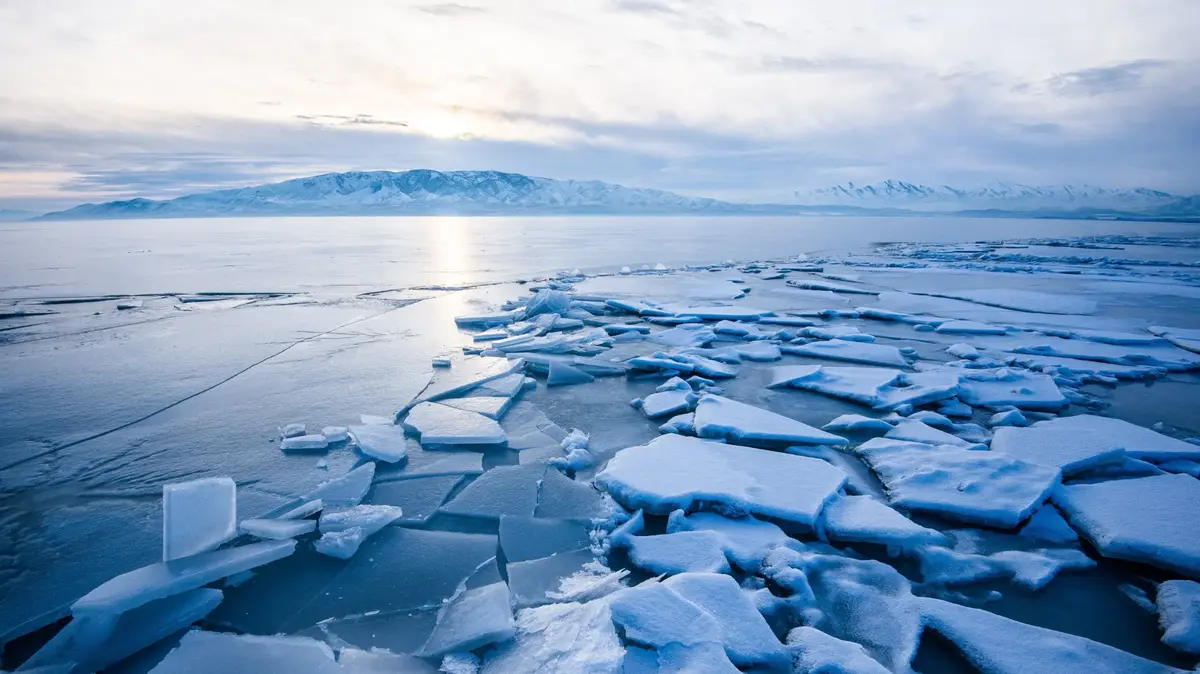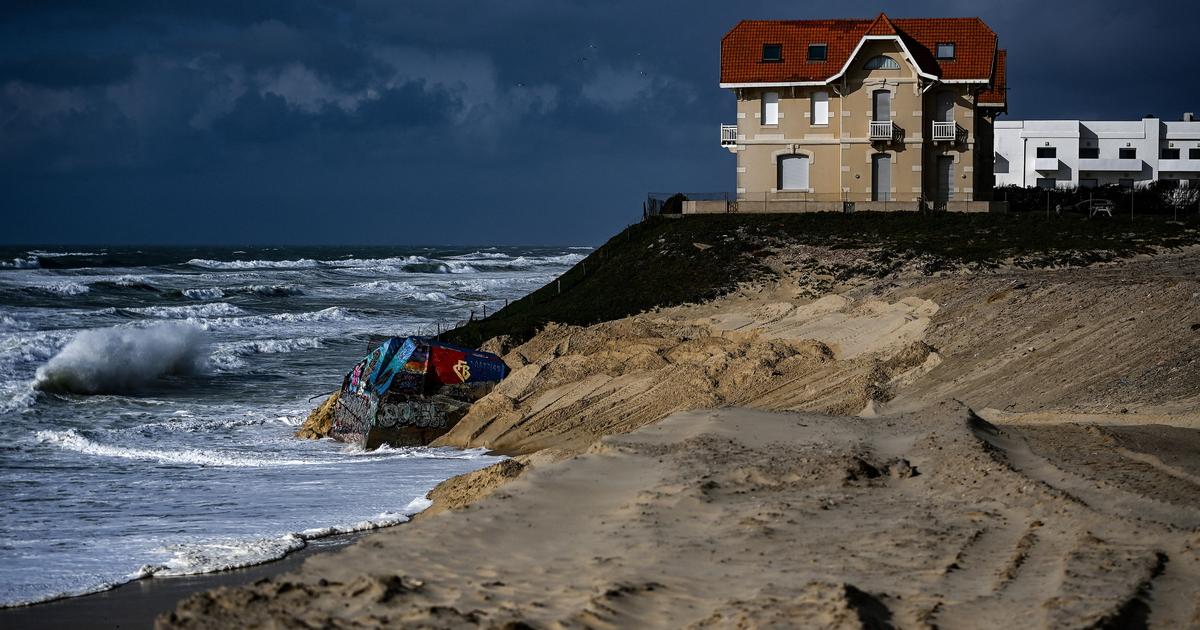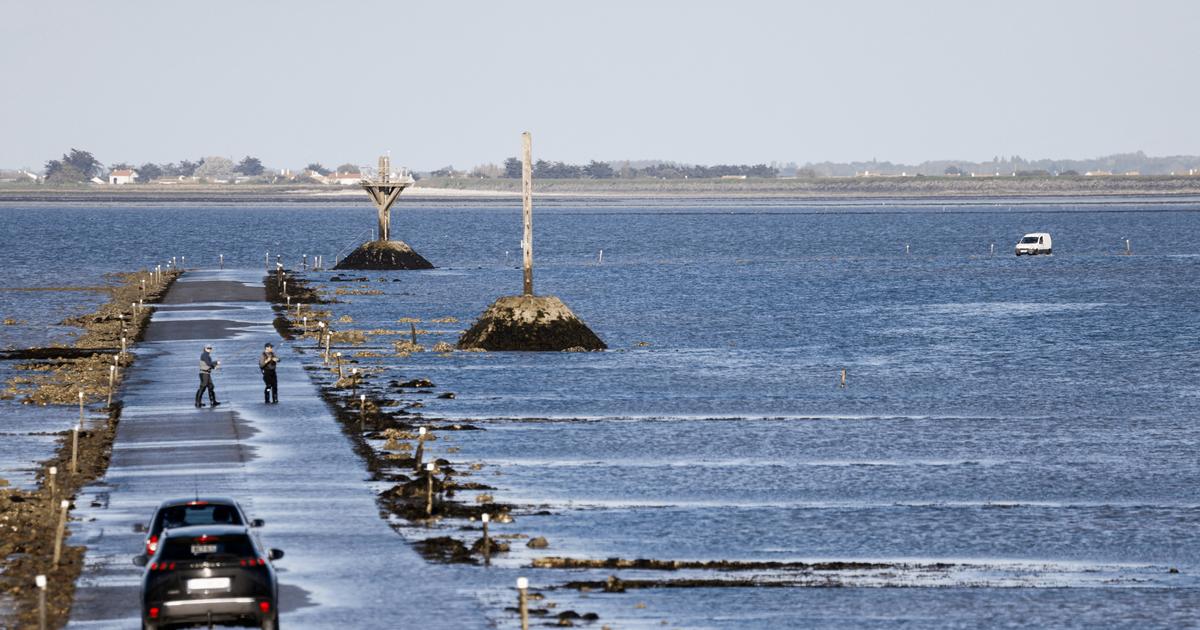Enlarge image
Southern Schneeferner in Bavaria (picture from August 2022): Lost status as a glacier
Photo: Angelika Warmuth / dpa
Water scarcity, rising sea levels, changed flora and fauna: the progressive melting of glaciers due to global warming is having some serious effects.
A study published in the journal Science shows that even in the best-case scenario, a large part of the glaciers will disappear.
According to this, almost 50 percent of the approximately 215,000 glaciers considered are likely to melt by 2100 - if the temperature increase is limited to 1.5 degrees.
However, immediate climate protection measures and every tenth of a degree saved in warming could slow the process down.
With their calculations, the international team led by David Rounce from Carnegie Mellon University in Pittsburgh confirms previous findings on the extent of glacier melt.
No rescue for Alpine glaciers
Based on the climate pledges made at the United Nations Climate Change Conference COP26 in Glasgow in 2021, which predicted a 2.7 degree rise in average global temperature by the end of the century, glaciers in many regions will all but disappear, the study continues is called.
These included those of the European Alps, western Canada, the United States and New Zealand.
According to the glaciologist Olaf Eisen from the Alfred Wegener Institute, who was not involved in the investigation, the German glaciers can no longer be saved: "The topic is over".
Last year, the southern Schneeferner melted away, leaving only four glaciers in Germany.
"The same fate will befall her," said Eisen.
How fast the melt in Germany progresses depends only on the temperatures in the coming winters.
"If we get winters like 2020 or 2021, when it was cold and wet in the spring, then they might last another decade, but the German glaciers probably won't reach 2050."
According to the study, with an average global temperature increase of four degrees, 83 percent of all glaciers worldwide would disappear by 2100.
That would have dramatic consequences.
Because the melting of the glaciers causes the sea level to rise.
"Every millimeter of sea-level rise leads to more flooding in coastal areas, and glaciers are one of the main drivers of sea-level rise," said Fabien Maussion of the University of Innsbruck, co-author of the study.
»We need a complete exchange rate«
In addition, the glaciers are natural freshwater reservoirs.
"When they're gone, it doesn't mean that we don't have water anymore, but that the water doesn't come when it's needed - namely in dry, hot summer months," said Matthias Huss from ETH Zurich, as well as Co -Author of the study, with.
When the ice is gone, water shortages are to be expected, especially during periods of drought.
"This is a problem for irrigation, drinking water, goods transport, fauna and flora and so on," says Huss.
Nevertheless, Rounce's team emphasizes that it is quite possible to slow down the melt in the medium term through immediate and comprehensive climate protection measures on a global scale.
"Even if we can't save the glaciers as they currently look, every tenth of a degree of warming saved causes a smaller decline and thus also less negative effects," says Huss.
"We need a complete exchange rate when it comes to our emissions, we really need to reduce global emissions much more," Maussion emphasized.
ani/dpa








